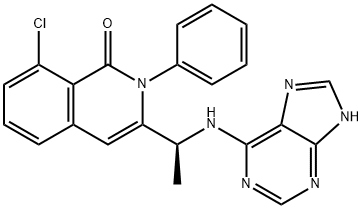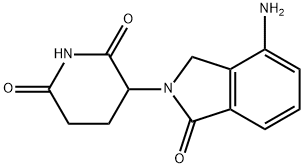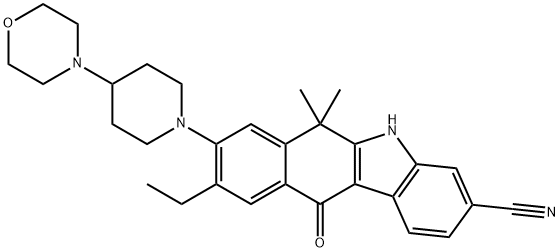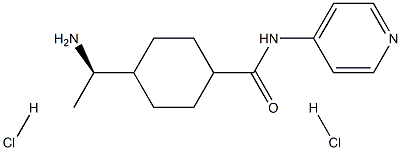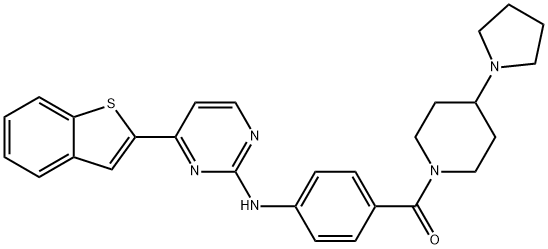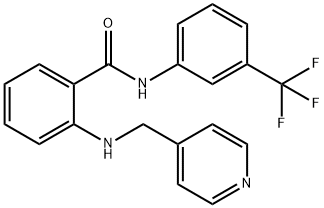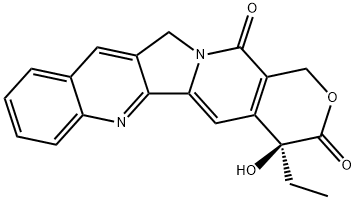Atglistatin
Synonym(s):3-(4′-(Dimethylamino)-[1,1′-biphenyl]-3-yl)-1,1-dimethylurea
- CAS NO.:1469924-27-3
- Empirical Formula: C17H21N3O
- Molecular Weight: 283.37
- MDL number: MFCD28009494
- EINECS: 200-256-5
- SAFETY DATA SHEET (SDS)
- Update Date: 2023-06-08 09:02:15
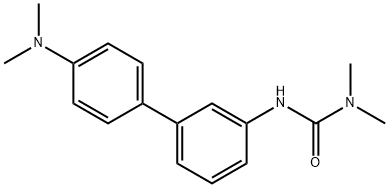
What is Atglistatin?
Description
Adipose triglyceride lipase (ATGL or PNPLA2) catalyzes the initial step in triglyceride hydrolysis in adipocyte and non-
The Uses of Atglistatin
Atglistatin has been used as a selective inhibitor of adipose triglyceride lipase (ATGL).
Biochem/physiol Actions
Atglistatin is the first selective inhibitor of adipose triglyceride lipase (ATGL), the rate limiting enzyme involved in the mobilization of fatty acids from cellular triglyceride stores. Atglistatin has an IC50 of 0.7 μM in E.coli and no activity against monoglycerol lipase (MGL), hormone-sensitive lipase (HSL), or pancreatic lipase and lipoprotein lipase PNPLA6 and PNPLA7. ATGL generates diacylglycerol from cellular triglyceride stores, which is then degraded by hormone-sensitive lipase (HSL) and monoglyceride lipase into glycerol and fatty acids, promoting the synthesis of lipotoxic metabolites that have been associated with the development of insulin resistance. Atglistatin inhibition of ATGL has been shown to reduce fatty acid mobilization in vitro and in vivo.
References
1) Mayer et al. (2013), Development of small-molecule inhibitors targeting adipose triglyceride lipase; Nat. Chem. Biol. 9 785 2) Zagani et al. (2015) Inhibition of adipose triglyceride lipase (ATGL) by the putative tumor suppressor G0S2 or a small molecule inhibitor attenuates the growth of cancer cells; Oncotarget 6 28282
Properties of Atglistatin
| Boiling point: | 498.6±45.0 °C(Predicted) |
| Density | 1.135±0.06 g/cm3(Predicted) |
| storage temp. | 2-8°C |
| solubility | Soluble in DMSO (up to 5 mg/ml) or in Ethanol (up to 5 mg/ml with warming) |
| pka | 15.01±0.70(Predicted) |
| form | powder |
| color | white to beige |
| Stability: | Stable for 2 years as supplied. Solutions in DMSO or ethanol may be stored at -20°C for up to 3 months. |
Safety information for Atglistatin
Computed Descriptors for Atglistatin
New Products
4-AMINO-TETRAHYDRO-PYRAN-4-CARBOXYLIC ACID HCL 4-(Dimethylamino)tetrahydro-2H-pyran-4-carbonitrile 4-Aminotetrahydropyran-4-carbonitrile Hydrochloride (R)-3-Aminobutanenitrile Hydrochloride 3-((Dimethylamino)methyl)-5-methylhexan-2-one oxalate 1,4-Dioxa-8-azaspiro[4.5]decane 5-Bromo-2-nitropyridine Nimesulide BP Aceclofenac IP/BP/EP Diclofenac Sodium IP/BP/EP/USP Mefenamic Acid IP/BP/EP/USP Ornidazole IP Diclofenac Potassium THOMAIND PAPER PH 2.0 TO 4.5 1 BOX BUFFER CAPSULE PH 9.2 - 10 CAP SODIUM CHLORIDE 0.1N CVS ALLOXAN MONOHYDRATE 98% PLATINUM 0.5% ON 3 MM ALUMINA PELLETS (TYPE 73) LITHIUM AAS SOLUTION 2-Bromo-1-(bromomethyl)-3-chloro-5-nitrobenzene 2-Bromo-3-nitroaniline N-(3-Hydroxypropyl)-N-methylacetamide 3-Bromo-6-chloropyridazine 4-ethyl-3-nitrobenzoic acidRelated products of tetrahydrofuran
You may like
-
 Atglistatin >95% CAS 1469924-27-3View Details
Atglistatin >95% CAS 1469924-27-3View Details
1469924-27-3 -
 Atglistatin 95% CAS 1469924-27-3View Details
Atglistatin 95% CAS 1469924-27-3View Details
1469924-27-3 -
 ATGL Inhibitor, Atglistatin CAS 1469924-27-3View Details
ATGL Inhibitor, Atglistatin CAS 1469924-27-3View Details
1469924-27-3 -
 1823368-42-8 98%View Details
1823368-42-8 98%View Details
1823368-42-8 -
 2-(3-(tert-butyl)phenoxy)-2-methylpropanoic acid 1307449-08-6 98%View Details
2-(3-(tert-butyl)phenoxy)-2-methylpropanoic acid 1307449-08-6 98%View Details
1307449-08-6 -
 Ethyl 3-(furan-2-yl)-3-hydroxypropanoate 25408-95-1 98%View Details
Ethyl 3-(furan-2-yl)-3-hydroxypropanoate 25408-95-1 98%View Details
25408-95-1 -
 2-Chloro-5-fluoro-1-methoxy-3-methylbenzene 98%View Details
2-Chloro-5-fluoro-1-methoxy-3-methylbenzene 98%View Details
1805639-70-6 -
 Lithium ClavulanateView Details
Lithium ClavulanateView Details
61177-44-4
